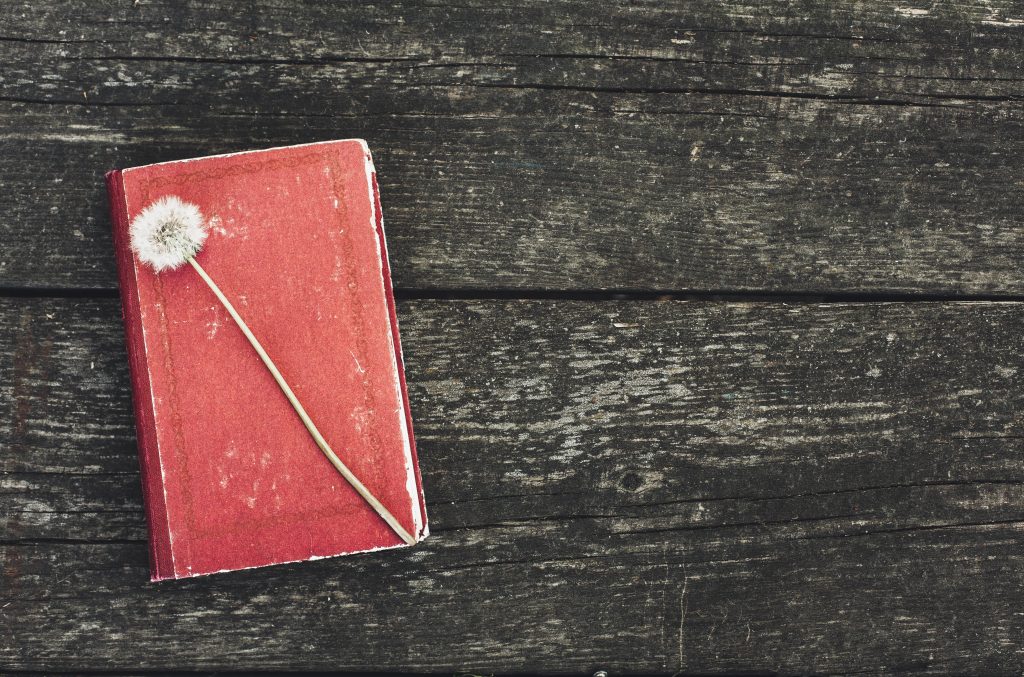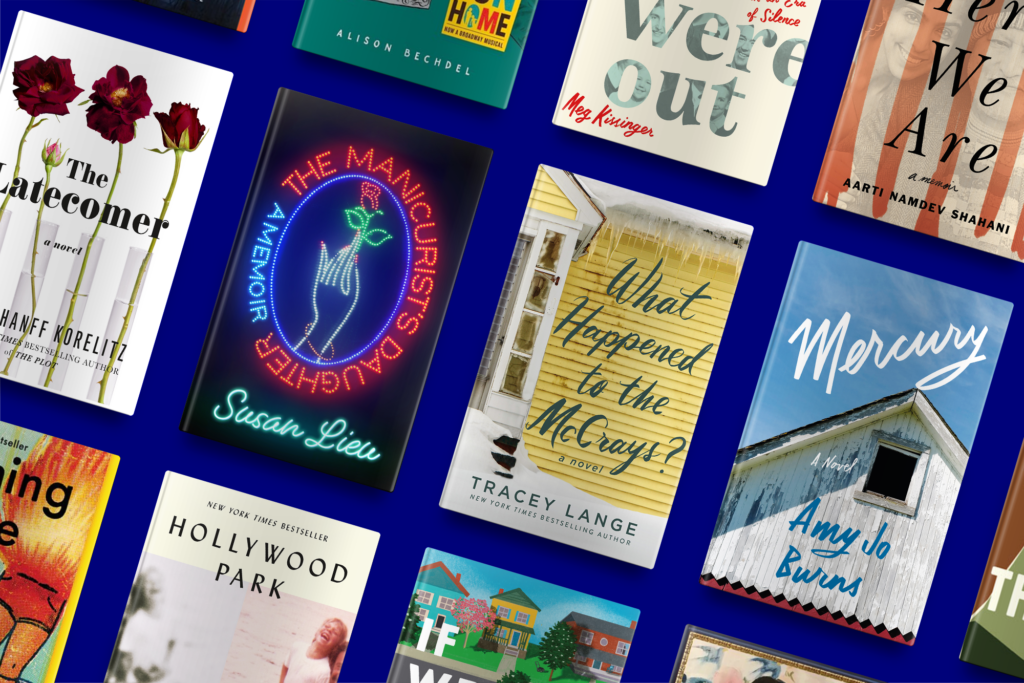As ethereal as poetry can be, there are elements that make a piece of writing a poem.By Jessica Dukes
We feel like we know poetry when we see it, yet it’s difficult to define. Poets describe the indescribable — a problematic concept, and likely what led Carl Sandburg to define poetry as “an echo asking a shadow to dance.” Then again, the poem is the oldest form of literature in human history, and many rules and styles have been codified over the centuries. So here’s a basic definition of poetry, its illustrious history, and a few classic and popular types.
Poetry Definition
As ethereal as poetry can be, there are elements that make a piece of writing a poem.
Rhythm
The one thing all poetry has in common is the presence of rhythm. Some poems use a strict meter, like Shakespeare’s sonnets which have 10 syllables per line in iambic pentameter (every second syllable is stressed when speaking or reading). Other poems have an irregular rhythm, as with free verse which follows the natural rhythms of speech. Walt Whitman’s “Song of Myself” has no uniform rhythm, but its repetitive lists of observations and regular questions to the reader create a pattern of their own.
Sound
Poets aren’t just writers, they’re also often called on to be performers, bringing all the emotion, rhythm, and emphasis in their words to life. Shakespeare’s plays are often a mix of verse (rhythmic lines of poetry) and prose. And these days, everyone knows that you can’t win a poetry slam if you don’t own the stage.
Emotion, Imagination, and Experience
Describing the intangible is at the heart of all artistry, especially poetry. Whether the structure is highly formalized or a free-verse experiment with sounds that barely qualify as words, all poetry offers a glimpse of someone else. From the epic poems of Mesopotamia to the beat poets who broke all norms, poets have molded their private thoughts and unique experiences into something others can understand, in an attempt to connect with their audience on an emotional level.
Condensed Language
The most noticeable element of poetry is the economy of language. Poets use fewer words, chosen carefully, to convey an emotional message. Even a poem as simple as “This Is Just to Say” by William Carlos Williams packs in everything from shame to joy in a few short lines: “I have eaten / the plums / that were in / the icebox / and which / you were probably / saving / for breakfast / Forgive me / they were delicious / so sweet / and so cold.”
There are thousands of ways that poets combine these elements, but if we had to offer a simple definition it would be this: Poetry is the rhythmic, condensed, linguistic expression of anything that can come out of the human imagination.
The History of Poetry
As human oral histories are written down, we see the first poems, the arrival of literature. Enheduanna (2300 B.C.) is the earliest poet we know by name. A Sumerian woman and High Priestess, she is credited with writing dozens of hymns for important temples across Mesopotamia, as well as poems that honor the moon goddess, Inanna.
Centuries later, the earliest epic poem is discovered. The Epic of Gilgamesh (2100 B.C.), carved on clay tablets, tells of a Mesopotamian king’s search for immortality. Homer’s epic poems, Iliad and Odyssey, (both from the 700s B.C.) still influence Western literature today. Around 400-300 B.C., two Sanskrit epic poems tell the origin stories of Hinduism: the Mahābhārata and the Ramayana. Virgil’s Aeneid (19 B.C.) describes the founding of Rome and is the earliest written in Latin.
Over the next 1,300 years, the epic evolves. Narrative stories are still at the center, but poets begin experimenting with form and content. In the Old English epic poem, Beowulf (around 1000), our hero battles monsters and dragons to protect the king of the Danes, a story that inspired both Tolkien and George R. R. Martin. Dante Alighieri’s Divine Comedy (1320), written in first person, describes his journey through heaven, purgatory, and hell with the poet Virgil as his guide.
Shorter poetry is also developed in this time. From Italy, the 13th-century Petrarchan sonnet (named after Petrarch who perfected the form) is a mere 14 lines of mixed rhyme scheme, complete with a problem and a solution. In Persia, the ghazal, a brief but emotional poem of no more than 30 lines (15 couplets) reaches its peak around 1370 with the poet Hafiz. By 1609, Shakespeare publishes his Sonnets, a collection of 154 poems at a time when he is already known for his plays. Challenging centuries of sonnet tradition, Shakespeare’s are told from the point of view of regular men and women dealing with love, pain, lust, and violence.
Epics remain popular from this point on (like John’s Milton’s Paradise Lost in 1667), but shorter, more personal poetry takes over as the dominant form. Anne Bradstreet’s poems in The Tenth Muse Lately Sprung Up in America (1650) are a risky criticism of Puritanism, and Alexander Pope’s “The Rape of the Lock” (1712) is a mock-epic in which he pokes fun at 18th-century high society.
The arts are now thriving in the Age of Enlightenment (17th to 19th centuries), and some of the most enduring poets emerge out of two literary movements of the era: Romanticism and Realism.
William Wordsworth and Samuel Taylor Coleridge’s Lyrical Ballads (1798-1802) is a defining collection of Romantic poems, establishing the Romantics as poets of nature, memory, and imagination. Walt Whitman’s Leaves of Grass (1855) also celebrates these themes, and cements Whitman’s legacy as the father of free verse. Realism rejects the emotional emphasis of the Romantics, instead seeking to portray life as it really is. Paul Laurence Dunbar’s classic “We Wear the Mask” (1895) addresses the pain of the African American experience at the turn of the century.
Realism remains a dominant focus through the 20th century, but as poets react to two world wars and great societal changes, language fragments and the imagery aligns with the times. Modernist creations like Gertrude Stein’s Tender Buttons (1914) and T. S. Eliot’s The Waste Land (1922) are disjointed, at times difficult to follow, but capture the uncertainty of their day.
When Jack Kerouac names the Beat Generation in 1948, he finds himself at the helm of a new literary movement that rejects American materialism and champions the quest for new experiences — whether induced by adventure, spiritualism, or chemistry. Allen Ginsberg’s Howl (1956) earns him an obscenity trial, which he wins. This artistic rebellion opens the doors for other poets like Nikki Giovanni of the Black Arts Movement (1960s and ’70s) and the Slam poetry of the 1980s which emphasizes performance and audience participation.
Types of Poetry
Blank Verse vs Free Verse. A verse is simply a single line of poetry, but it’s defined by its meter. Blank verse almost always uses iambic pentameter but does not rhyme, as in “Birches” by Robert Frost. Free verse may or may not rhyme or keep a rhythm, as with Emily Dickinson’s “There’s a Certain Slant of Light.”
Sonnets — Petrarchan and Shakespearean — have been around for more than 700 years, and poets have stuck with one of these two revered forms ever since. Emma Lazarus’ “The New Colossus” (1883), which appears on the Statue of Liberty, is a Petrarchan sonnet.
Epics and Narratives both tell long stories. The longest epic poem discovered is the 200,000-line Mahābhārata, but later narrative poetry tends to be a bit shorter, like Christina Rossetti’s “Goblin Market.” Epics like Derek Walcott’s Omeros (1990) prove that they can still enchant readers.
Lyrics and Ballads also tell stories, but their forms have a musical quality to them thanks to a strict rhythm and rhyme scheme. Much of Emily Dickinson’s poetry is lyrical; the myth is that she used church hymns as a template for the structure of her poems. Oscar Wilde’s “The Ballad of Reading Gaol” describes his time spent in prison. And it’s no accident that songwriter, Bob Dylan, won a Nobel Prize in literature for his lyrics.
Limericks and Haikus are short and to the point. Limericks contain five lines of poetry and are often comedic. They’ve been around since the 1200s (Shakespeare includes one in Othello), but Edward Lear’s A Book of Nonsense reignited the craze in 1846. A haiku has three lines of poetry and exactly 17 syllables. The Japanese art form was popularized in the 17th century by the masterful Matsuo Bashō.
Pastorals, Elegies, Villanelles, and Odes are all tributes to the natural milestones of life. Pastorals, like Christopher Marlowe’s “The Passionate Shepherd to His Love,” romanticize our relationship with nature. Elegies and Odes grapple with death and loss, as in “Adonais,” about the death of poet John Keats by Percy Bysshe Shelley. And villanelles focus on intense emotional moments, such as Dylan Thomas’ raging “Do Not Go Gentle into That Good Night.”
Experimental poetry puts the visual experience of poetry front and center. One popular type is Blackout Poetry (also called Erasure Poetry), where a person uses a marker to cover words or phrases on a page of text, leaving only the words that reveal their poem.
Explore More
Many organizations are dedicated to spotlighting new poets. Here are some of our favorites.
The Poetry Foundation publishes Poetry magazine, and hosts Poetry Out Loud, a national recitation competition for students.
Head to Button Poetry to watch videos of published poets read from their latest works.
Let the Academy of American Poets brighten up your life with Poem-a-Day.



